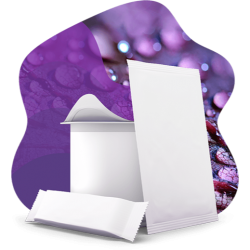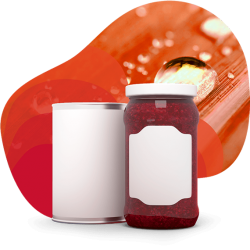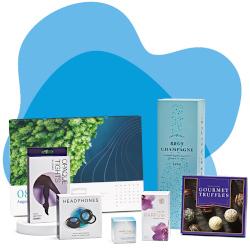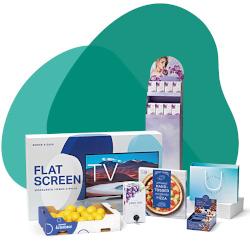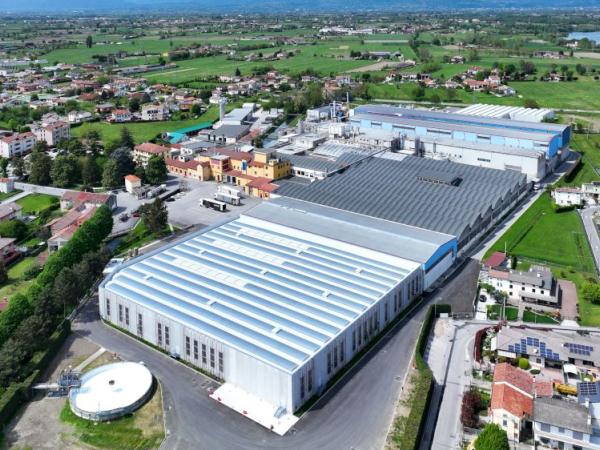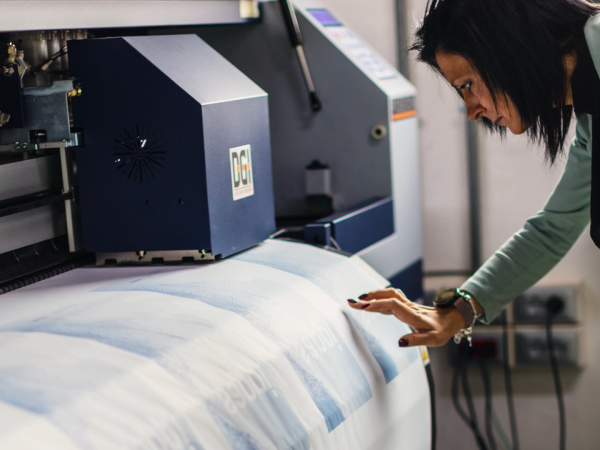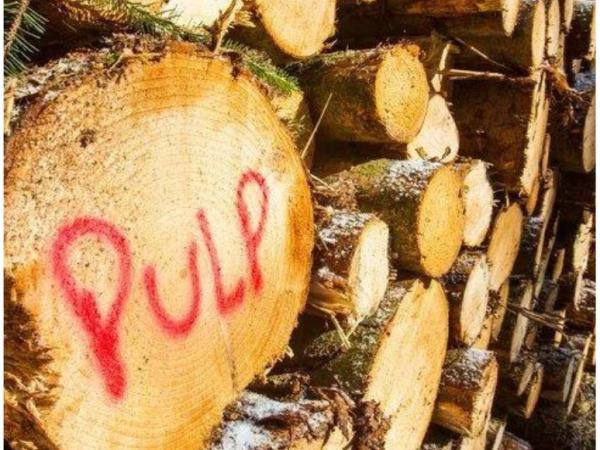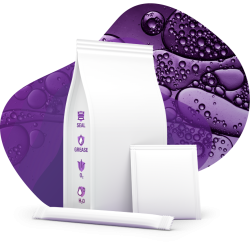
What makes a great dye sublimation paper?

If you’re reading this, you probably already have a pretty good idea what dye sublimation papers are – and why they are so widely used across industries as diverse as fashion, home textiles (such as decorative fabrics, curtains and bed linen), sportswear, sports equipment, soft signage (including displays and exhibition banners) and hard substrates (everything from skis to cups and coasters).
You may also appreciate that the best sublimation papers are designed to consistently deliver maximum colour transfer with minimum ink consumption at higher speed across a wide variety of polyester-based applications.
But you may not know so much about what goes into the making of the best dye sublimation papers.
That’s where this blog comes in.
This is the first in a series of blogs that aims to demystify what it means to make a great dye sublimation paper – and to highlight not just the processes involved but also some of the important aspects and implications of dye sublimation paper manufacture for customers and users.
After all, if you know more about what goes into the making of a first-class dye sublimation paper, you should find it easier to ensure that you get the best out of it.
Sappi’s own portfolio of proven dye sublimation papers includes coated and uncoated papers for digital transfer printing with water-based dye sublimation inks.
Suitable for both industrial and non-industrial printers, the papers are designed for a range of different machine types and their specific inks and speeds and are manufactured at Sappi’s state-of-the-art mills in Condino and Carmignano in Italy (coated papers) and Alfeld in Germany (uncoated papers).
It is at these mills that the full dye sublimation papers manufacturing process takes place – from processing of the raw materials to final quality checks on the finished plotter reels. And it is through the different stages of this process that our six-part blog series will take you – covering topics including paper production, the coating process, quality checks, conversion and storage.
We’ll kick off next time with a look at the raw materials involved – and where they come from.
See you then!
